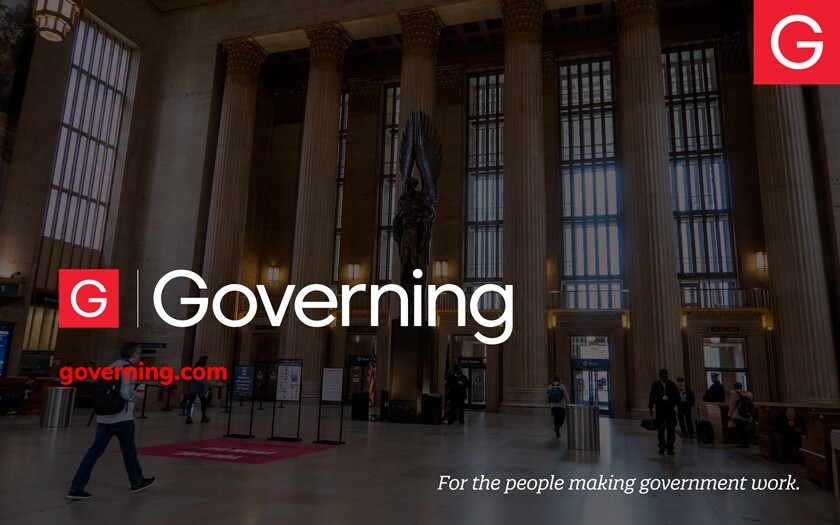To qualify, the chargers need to be accessible to the public.
The rebates are restricted to economically disadvantaged areas where adoption of electric vehicles, or EVs, has lagged compared to wealthier regions.
"When surveys are put out for why people don't buy electric vehicles, one of the barriers is, well, there's not enough charging stations in my area or the EVs are too expensive," said Evan Wright, director of EV infrastructure programs and operations for the Center for Sustainable Energy, the San Diego nonprofit that administers the rebate program. "It's a chicken-or-egg discussion and we believe that if you build it, they will come."
Businesses, nonprofits, tribes and public entities in 28 counties across California, including San Diego County, are eligible. Some $38 million has been earmarked for the rebate initiative, which is part of the California Electric Vehicle Infrastructure Project, known as CALeVIP, the largest EV charging incentive program in the country.
The rebates for charging equipment can cover 50 percent of a project's costs or up to $100,000, based on the capacity of the chargers installed. The money will be distributed to direct-current infrastructure with fast-charging capabilities that qualify.
"We think that's the wave of the future because, obviously, people don't have a lot of time to charge their vehicles and (fast chargers) ensure that you can get the most bang for your buck," Wright said.
The program is one small part of California's ambitious and expensive efforts to transition from gasoline-powered cars and trucks to electric vehicles.
Former Gov. Jerry Brown in 2018 set a goal to have 5 million zero-emissions vehicles on California roads by 2030. Two years later, Brown's successor, Gavin Newsom, issued an executive order that bans the sale of new gasoline-powered passenger cars by 2035.
Last year, the California Air Resources Board put more specifics on the order, mandating that at least 35 percent of model year 2026 passenger cars and trucks sold in California will be zero-emissions. The numbers ramp up each year, going to 68 percent in 2030 and 100 percent by 2035.
As for EV charging incentives, CALeVIP's funding comes from the California Energy Commission's Clean Transportation Program, which is investing $1.4 billion through 2024 to speed up the state's zero-emission vehicle infrastructure.
The Pacific Research Institute, a Pasadena think tank that espouses free-market solutions to policy matters, criticized the state spending money on rebates for EV charging stations.
"Electric vehicles are too expensive for low-income communities and this program doesn't change that fact," said senior fellow Wayne Winegarden. "We're basically going to build infrastructure where it's not going to be used. It's under the guise of equity but it absolutely makes no sense ... I can't imagine people would have given John D. Rockefeller subsidies to build gas stations."
Backers point to the growth in EV sales in California. Last month, the energy commission announced that in the second quarter of this year, 25.4 percent of the share in sales of light-duty vehicles in the state came from zero-emission vehicles.
"The ultimate goal is to decarbonize," Wright said. "Without the charging stations in place, people are certainly going to be more hesitant to at least explore the electric vehicle market. So if you put these in the ground, make them available to everybody, we think we'll get the results we're looking for."
The state's goal is to have 250,000 publicly available chargers by 2025. According to the most recent figures compiled by the energy commission, there are almost 92,000 across California.
Organizations interested in taking part in the rebate program can find details — as well as a guidelines for meeting the definition of disadvantaged and low-income communities — at the CALeVIP website at https://calevip.org/incentive-project/gspp-incentive-north-south.
The application window opens Wednesday and closes on Dec. 12.
©2023 The San Diego Union-Tribune. Distributed by Tribune Content Agency, LLC.











